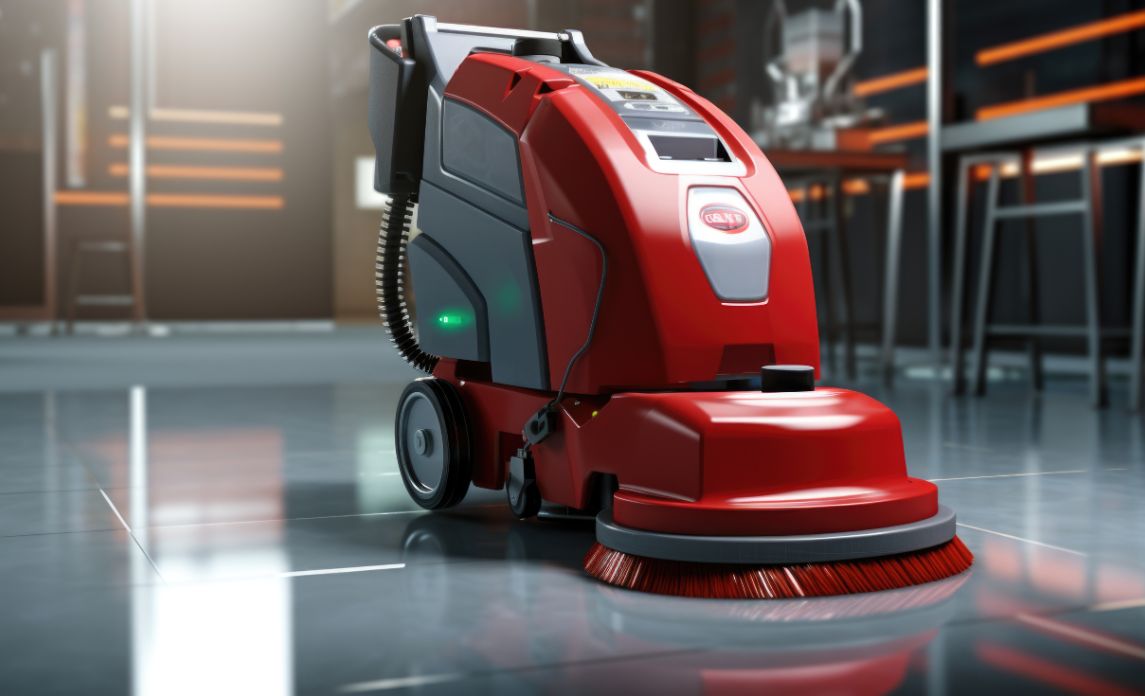The cleaning industry, traditionally reliant on manual labour, is on the cusp of a revolutionary transformation driven by automation and robotics. As technology continues to advance, robotic cleaning solutions are emerging as game-changers, offering efficiency, consistency, and cost-effectiveness. Here’s a look at how automation is poised compared to reshape the cleaning landscape.
The rise of robotic cleaners
Robotic cleaners are no longer a futuristic concept but a present-day reality. These machines, equipped with advanced sensors, artificial intelligence (AI), and machine learning capabilities, can perform a wide range of cleaning tasks with minimal human intervention. From vacuuming floors to sanitizing surfaces, robots are becoming indispensable tools in both residential and commercial settings.
Comparison to human cleaning
Humans bring an intuitive understanding and flexibility to cleaning tasks that robots struggle to replicate. While robots follow programmed paths and routines, human cleaners can adapt on the fly, addressing unexpected messes and adjusting techniques based on immediate needs.
Efficiency and consistency
One of the primary advantages of robotic cleaners is their ability to work tirelessly and consistently. Unlike human workers, robots don’t tire, need breaks, or have days off. They can clean continuously and uniformly, ensuring high standards of cleanliness. This consistency is particularly valuable in environments where hygiene is paramount.
Comparison to human cleaning
Human cleaners can sometimes vary in performance due to fatigue, health, or personal circumstances. However, humans excel in identifying and addressing areas that need extra attention, providing a level of thoroughness and care that machines often lack.
Cost-effectiveness
While the initial investment in robotic cleaners might be substantial, the long-term savings are significant. Robots reduce the need for a large cleaning staff, lower labour costs, and minimise the expenses associated with human error and inefficiency. Over time, these savings can offset the initial expenditure, making robots a cost-effective solution for many businesses.
Comparison to human cleaning
Although human cleans may incur higher ongoing labour costs, they offer flexibility in handling a variety of tasks and can respond to specific, unique cleaning needs that robots might not be programmed for. Additionally, the personal touch of human cleaners can enhance customer satisfaction in service-oriented environments.
Technological advancements driving the industry
Recent advancements in technology have made robotic cleaners more accessible and effective than ever. Here are some key innovations propelling the industry forward:
Al and machine learning
These technologies enable robots to learn and adapt to their environments, improving their performance over time. These can navigate complex spaces, avoid obstacles, and identify the most efficient cleaning paths.
Advanced sensors
Modern robotic cleaners come equipped with a variety of sensors, including infrared, ultrasonic, and laser, allowing them to detect dirt, debris, and even hazardous materials. This ensures thorough cleaning and enhances safety.
Connectivity and IoT integration
Many robotic cleaners are now part of the Internet of Things (IoT) ecosystem, allowing them to be controlled remotely via smartphones or integrated into larger automated systems. This connectivity provides real-time data on cleaning operations, enabling better management and optimisation.
Comparison to human cleaning
Humans naturally possess sensory capabilities and decision-making skills that are difficult to replicate with technology. For instance, a human cleaner can use their judgement to determine if a spill requires immediate attention or if a specific cleaning agent is needed for a particular stain. Human adaptability and problem-solving skills remain unmatched by robots.
Applications across different sectors
The versatility of robotic cleaners makes them suitable for a wide range of applications:
Residential cleaning
Household robots like robotic vacuum cleaners and mops have already become common, freeing up time for homeowners and ensuring cleaner living spaces.
Commercial spaces
Office buildings, malls, and hotels benefit from the consistent and efficient cleaning provided by robots, enhancing the customer experience and maintaining high standards of hygiene.
Healthcare
In hospitals, robotic cleaners play a crucial role in infection control by thoroughly disinfecting surfaces and reducing the risk of cross-contamination.
Industrial settings
Warehouses and manufacturing plants use robots to clean large areas quickly and efficiently, minimising downtime and maintaining a safe working environment.
Comparison to human touch
In many of these sectors, human cleaners remain essential for tasks requiring a personal touch, such as sanitising high-touch hospital areas or providing customer-facing services in hotels where personal interactions enhance the guest experience. Humans also handle complex or delicate cleaning jobs that require careful attention and judgment.
The future of cleaning
As technology continues to evolve, the capabilities of robotic cleaners will expand even further. Future developments may include:
Enhanced mobility
Improvements in mobility will allow robots to tackle more complex environments, including stairs and uneven surfaces.
Autonomous maintenance
Robots will be able to perform self-maintenance tasks, such as emptying their dustbins or charging themselves, further reducing the need for human intervention.
Collaborative robots
Cobots (Collaborative Robots) will work alongside human cleaners, handling repetitive tasks and allowing humans to focus on more complex or delicate cleaning jobs.
Challenges and considerations
Despite the numerous benefits, the adoption of robotic cleaners is not without challenges. Issues such as high initial costs, technical malfunctions, and the need for regular maintenance can be barriers to implementation. Additionally, there is a potential impact on employment, as automation could reduce the demand for traditional cleaning jobs.
Comparison to human touch
Robots may lack the ability to perform nuanced tasks or respond to unique situations that humans can handle effortlessly. The potential reduction in employment also underscores the importance of finding a balance between automation and the human workforce, ensuring that robots complement rather than replace human cleaners.
Automation and robotics are set to revolutionize the cleaning industry, offering unprecedented levels of efficiency, consistency, and cost-effectiveness. However, the human touch remains irreplaceable for its adaptability, attention to detail, and ability to handle complex, dynamic tasks. As technology continues to advance, the most effective cleaning strategies will likely involve a harmonious blend of robotic and human efforts, creating cleaner, safer, and more sustainable environments for everyone.


